On a crisp autumn afternoon, Sarah wandered through a quiet, tree-lined neighborhood in San Francisco, mesmerized by the grand, intricately designed homes that lined the streets. Towering spires, ornate trim, and expansive wraparound porches transported her to another era of elegance, attention to detail, and grandeur. As she gazed at the towering Victorian house in front of her, with its vibrant colors and meticulous craftsmanship, she could almost imagine its original inhabitants—a wealthy family from the late 19th century—gathered in the parlor, the clinking of tea cups echoing through the hallways. Sarah felt an overwhelming sense of nostalgia and wonder for a time she never knew, but through these homes, she could glimpse a piece of that history.
Victorian houses are more than just architectural relics of the past; they are storytellers. Each carries the history, culture, and artistry of a bygone era, and their intricate designs continue to capture the imagination of modern homeowners and architects alike. This article will delve into the rich history of Victorian houses, explore their distinctive architectural features, and examine their place in today’s housing market. We’ll also look at key statistics to understand their continued appeal while considering the challenges and rewards of owning and maintaining these iconic homes.
The History of Victorian Houses: Born of an Era
Victorian houses, as their name suggests, emerged during the reign of Queen Victoria in the United Kingdom from 1837 to 1901. This period was marked by rapid industrialization, social change, and a newfound prosperity for the middle and upper classes. With new wealth came the desire for grander homes, and architecture during this time reflected the era’s optimism, confidence, and eclecticism.
Victorian houses became especially popular in the United States between 1840 and 1900, fueled by the Industrial Revolution’s technological advancements and the availability of mass-produced materials like iron, glass, and wood. The expansion of the railroad network also played a critical role, allowing materials and pre-fabricated architectural elements to be transported across the country, making it easier to build these homes in cities and towns far from manufacturing hubs.
Distinct Victorian architectural styles—such as Queen Anne, Gothic Revival, Italianate, and Second Empire—emerged, each with unique characteristics but sharing a love for decorative flourishes and complexity. By the end of the 19th century, entire neighborhoods in cities like San Francisco, New Orleans, Boston, and Chicago were filled with these iconic homes, symbolizing the nation’s prosperity and the rise of the middle class.
Architectural Features of Victorian Houses
One of the reasons Victorian homes continue to captivate homeowners, architects, and history buffs alike is their distinct, often whimsical, architectural features. Whether it’s their elaborate facades or vibrant color schemes, these homes were built to impress, and every detail served as a statement of wealth, taste, and style.
Here are some of the key architectural features that define Victorian houses:
- Ornate Exteriors: Victorian homes are often recognized for their elaborate exteriors, featuring intricate woodwork known as gingerbread trim. These decorative elements are typically found on roofs, eaves, porches, and windows, making every corner of the home a visual treat.
- Asymmetrical Designs: Unlike earlier architectural styles that favored symmetry and uniformity, Victorian houses embraced asymmetry. Turrets, bay windows, and balconies were often placed irregularly, giving each home a unique and personalized character.
- Steep, Multi-Gabled Roofs: Victorian homes often have steep, multi-gabled roofs, contributing to their verticality and grandeur. These roofs are usually adorned with decorative finials and cresting, adding to the home’s ornate appearance.
- Stained Glass Windows: Stained glass windows were a hallmark of Victorian homes, adding color and light to the interior. These windows were often custom-designed with floral or geometric patterns, further emphasizing the artistic flair of the era.
- Vibrant Color Palettes: The classic “painted ladies” of San Francisco are perhaps the most famous example of Victorian houses that embrace bold, contrasting color schemes. Victorian homes of the late 19th century often used vibrant hues—yellows, greens, purples, and reds—to highlight architectural details, a practice revived in the 1960s during the historic preservation movement.
- Wraparound Porches: The expansive wraparound porch is a key feature of many Victorian homes, especially in the Queen Anne style. These porches often served as outdoor living spaces where homeowners could relax and entertain guests, making them functional and decorative.
Victorian Homes in the Modern Market: Historical Appeal Meets Contemporary Living
Victorian houses remain highly sought-after in today’s real estate market despite their historical roots. Often called “historic treasures,” these homes attract buyers who appreciate their architectural beauty and historical significance.
According to the National Association of Realtors (NAR), Victorian homes are especially popular in cities with a rich architectural history, such as San Francisco, New York, Boston, and New Orleans. In a 2022 report, NAR found that homes listed as “historic” can sell for an average of 5-10% more than similar non-historic homes due to their rarity, character, and craftsmanship. (Source: National Association of Realtors, Historic Home Sales Report 2022).
However, owning a Victorian house has its challenges. Due to their age and intricate detailing, these homes are often more expensive to maintain and repair. According to the U.S. Census Bureau, 67% of Victorian houses in the U.S. are over 100 years old, and more than half require significant renovation or restoration. (Source: U.S. Census Bureau, Historical Housing Stock Report).
Despite these challenges, many homeowners see the investment as worthwhile. According to a survey by Houzz, 75% of Victorian home buyers expressed a willingness to invest in restorations and modernizations to preserve the home’s historical charm while making it suitable for contemporary living. This includes updating electrical systems, plumbing, and insulation—all common issues in older homes.
Preservation and Restoration: Keeping the Victorian Legacy Alive
One of the key reasons Victorian homes remain such a vibrant part of America’s architectural landscape is the growing interest in historic preservation. Organizations like the National Trust for Historic Preservation work to protect these homes, recognizing their cultural and architectural importance. Many Victorian neighborhoods have been designated as historic districts, which helps protect the homes from demolition or unsympathetic renovations.
In addition, state and federal historic preservation tax credits are available to homeowners who restore Victorian houses in a manner that preserves their historic integrity. According to the National Park Service, homeowners who take advantage of these tax credits can save up to 20% on renovations, making restoration projects more financially feasible. (Source: National Park Service, Historic Preservation Tax Incentives Report).
The Allure of Victorian Houses: Why They Remain Timeless
The enduring popularity of Victorian houses can be attributed to a combination of factors. For one, their craftsmanship and attention to detail are nearly impossible to replicate in modern construction. Using intricate woodwork, stained glass, and custom designs means that each Victorian house is a work of art, with no two homes exactly alike.
Moreover, Victorian homes offer a sense of history and connection to the past. For many homeowners, living in a Victorian house feels like being a steward of history—an opportunity to preserve and maintain a piece of the architectural past for future generations.
Finally, Victorian houses appeal to those who value character and uniqueness in a home. In a world of cookie-cutter suburban developments, Victorian homes stand out for their individuality, grand scale, and ability to capture the imagination.
Conclusion: A Window into the Past, A Home for the Present
Victorian houses are more than just structures; they are tangible pieces of history that connect us to the past while continuing to enrich the present. From their elaborate gingerbread trim to their towering spires, these homes represent a time when architecture was about more than function—artistry, expression, and grandeur.
While owning a Victorian home comes with its share of challenges—maintenance, restoration, and sometimes higher costs—the rewards are equally significant. For homeowners like Sarah, these homes provide a beautiful living space and a deep connection to history, craftsmanship, and the enduring legacy of an era that valued beauty and design.
As we preserve these architectural gems, Victorian houses will remain a beloved part of our neighborhoods, standing tall as testaments to a time when homes were built not just to house but to inspire.




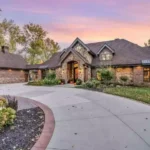


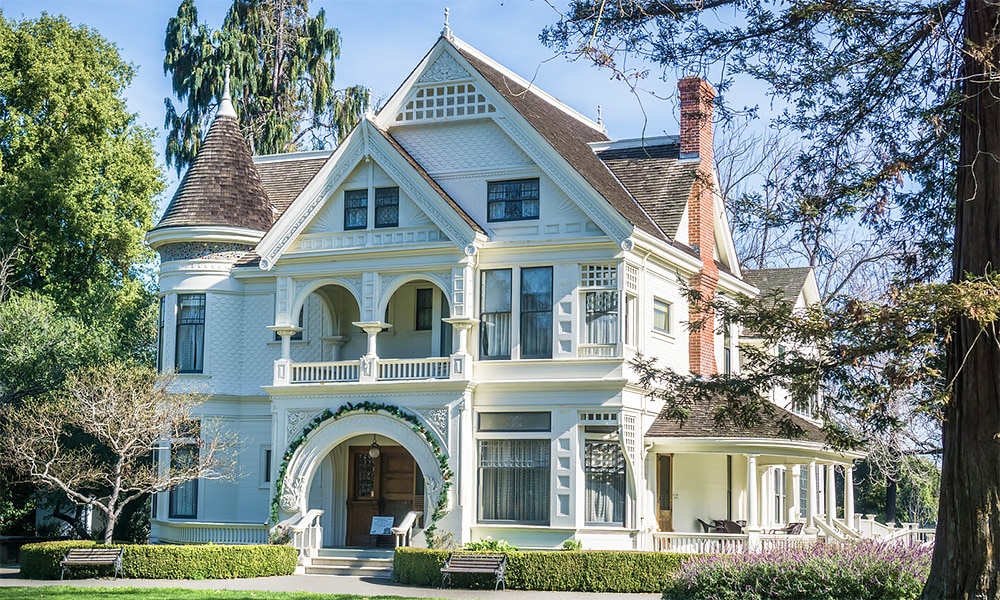
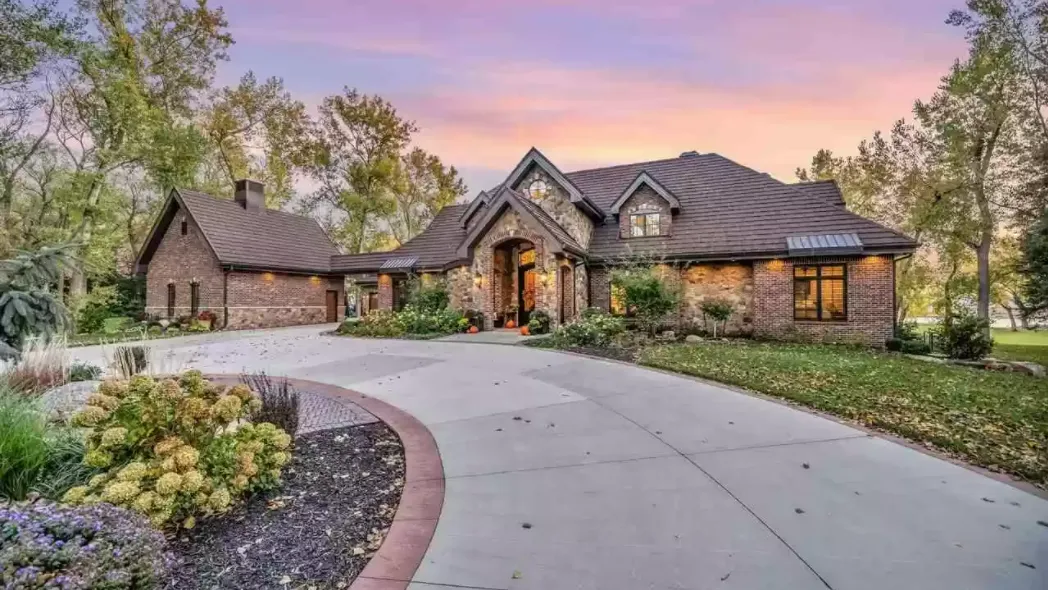
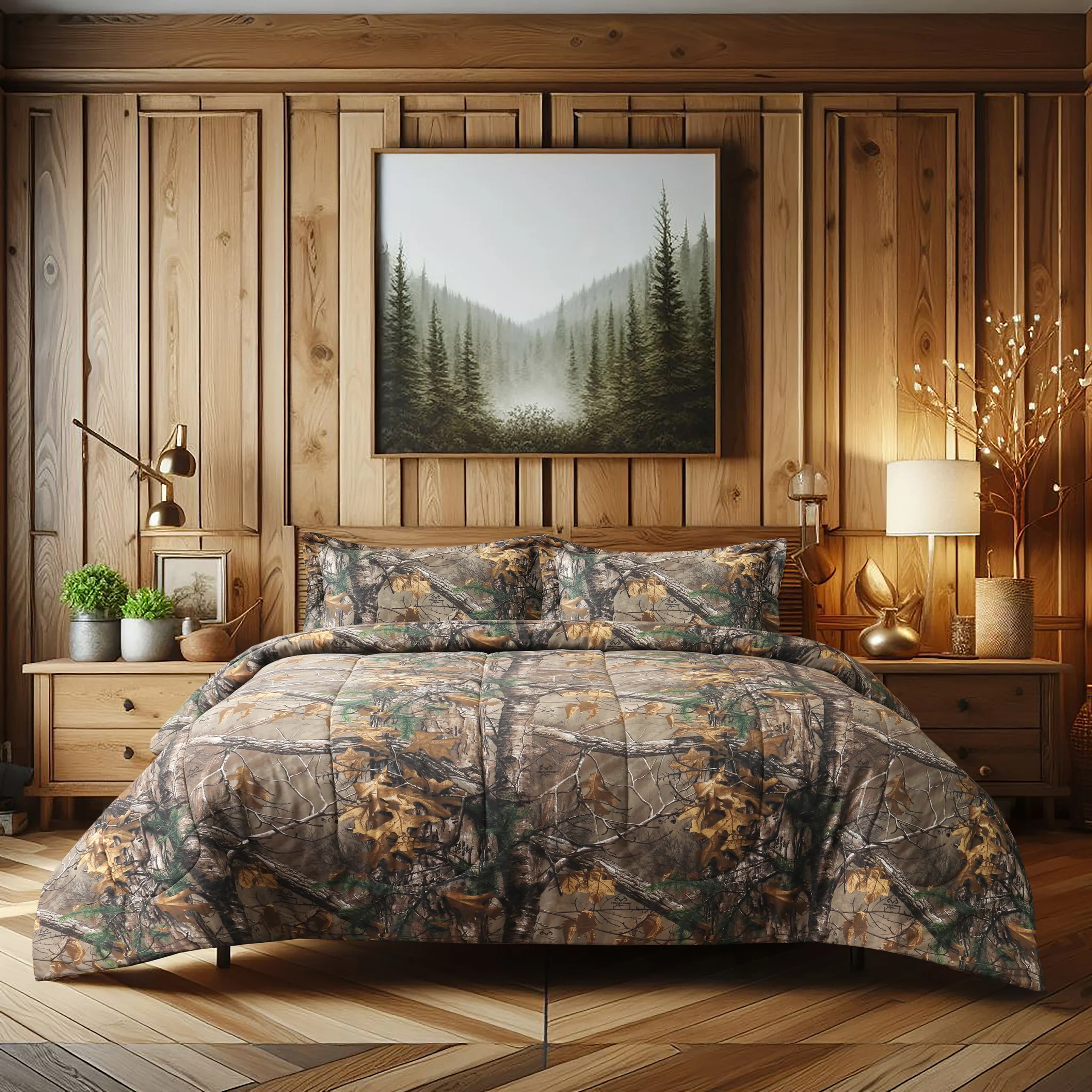

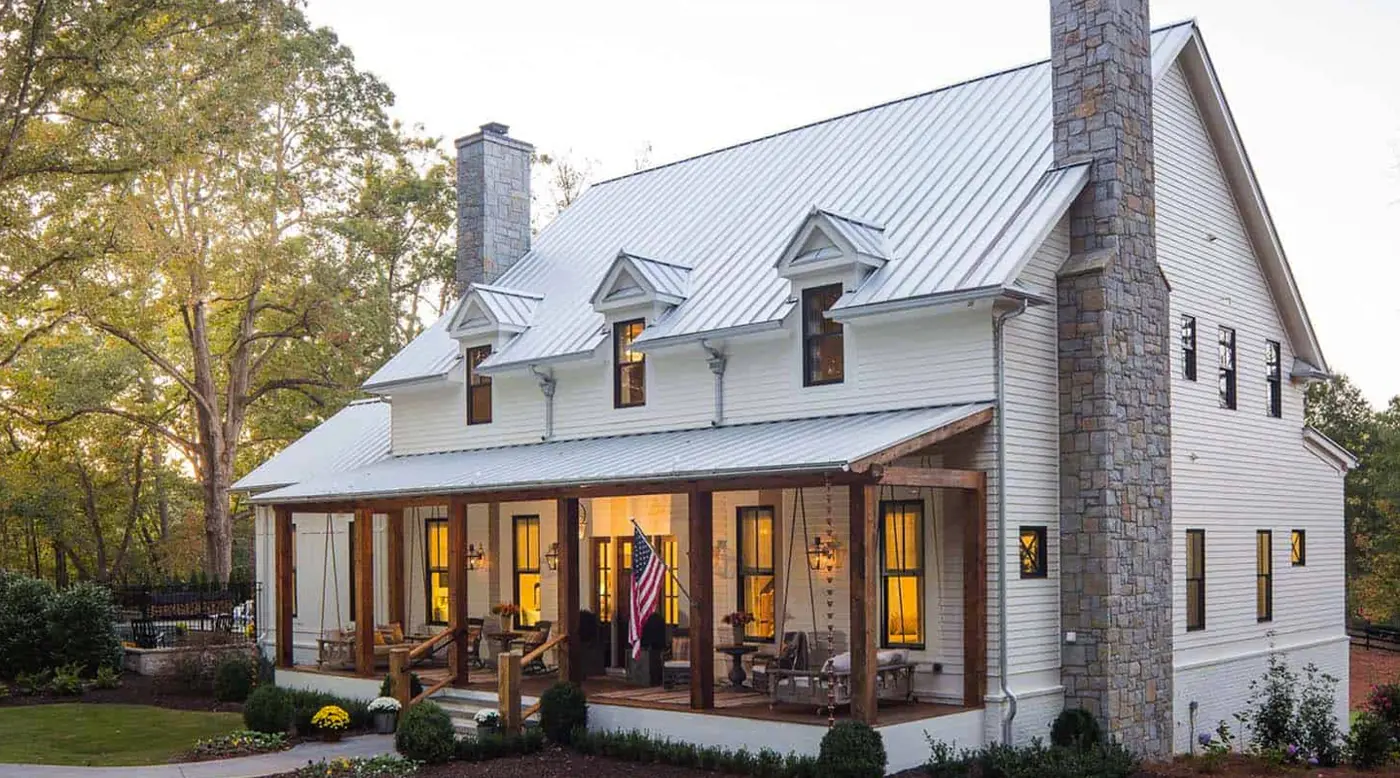
 Afrikaans
Afrikaans Shqip
Shqip አማርኛ
አማርኛ العربية
العربية Հայերեն
Հայերեն Azərbaycan dili
Azərbaycan dili Euskara
Euskara Беларуская мова
Беларуская мова বাংলা
বাংলা Bosanski
Bosanski Български
Български Català
Català Cebuano
Cebuano Chichewa
Chichewa 简体中文
简体中文 繁體中文
繁體中文 Corsu
Corsu Hrvatski
Hrvatski Čeština
Čeština Dansk
Dansk Nederlands
Nederlands English
English Esperanto
Esperanto Eesti
Eesti Filipino
Filipino Suomi
Suomi Français
Français Frysk
Frysk Galego
Galego ქართული
ქართული Deutsch
Deutsch Ελληνικά
Ελληνικά ગુજરાતી
ગુજરાતી Kreyol ayisyen
Kreyol ayisyen Harshen Hausa
Harshen Hausa Ōlelo Hawaiʻi
Ōlelo Hawaiʻi עִבְרִית
עִבְרִית हिन्दी
हिन्दी Hmong
Hmong Magyar
Magyar Íslenska
Íslenska Igbo
Igbo Bahasa Indonesia
Bahasa Indonesia Gaeilge
Gaeilge Italiano
Italiano 日本語
日本語 Basa Jawa
Basa Jawa ಕನ್ನಡ
ಕನ್ನಡ Қазақ тілі
Қазақ тілі ភាសាខ្មែរ
ភាសាខ្មែរ 한국어
한국어 كوردی
كوردی Кыргызча
Кыргызча ພາສາລາວ
ພາສາລາວ Latin
Latin Latviešu valoda
Latviešu valoda Lietuvių kalba
Lietuvių kalba Lëtzebuergesch
Lëtzebuergesch Македонски јазик
Македонски јазик Malagasy
Malagasy Bahasa Melayu
Bahasa Melayu മലയാളം
മലയാളം Maltese
Maltese Te Reo Māori
Te Reo Māori मराठी
मराठी Монгол
Монгол ဗမာစာ
ဗမာစာ नेपाली
नेपाली Norsk bokmål
Norsk bokmål پښتو
پښتو فارسی
فارسی Polski
Polski Português
Português ਪੰਜਾਬੀ
ਪੰਜਾਬੀ Română
Română Русский
Русский Samoan
Samoan Gàidhlig
Gàidhlig Српски језик
Српски језик Sesotho
Sesotho Shona
Shona سنڌي
سنڌي සිංහල
සිංහල Slovenčina
Slovenčina Slovenščina
Slovenščina Afsoomaali
Afsoomaali Español
Español Basa Sunda
Basa Sunda Kiswahili
Kiswahili Svenska
Svenska Тоҷикӣ
Тоҷикӣ தமிழ்
தமிழ் తెలుగు
తెలుగు ไทย
ไทย Türkçe
Türkçe Українська
Українська اردو
اردو O‘zbekcha
O‘zbekcha Tiếng Việt
Tiếng Việt Cymraeg
Cymraeg isiXhosa
isiXhosa יידיש
יידיש Yorùbá
Yorùbá Zulu
Zulu